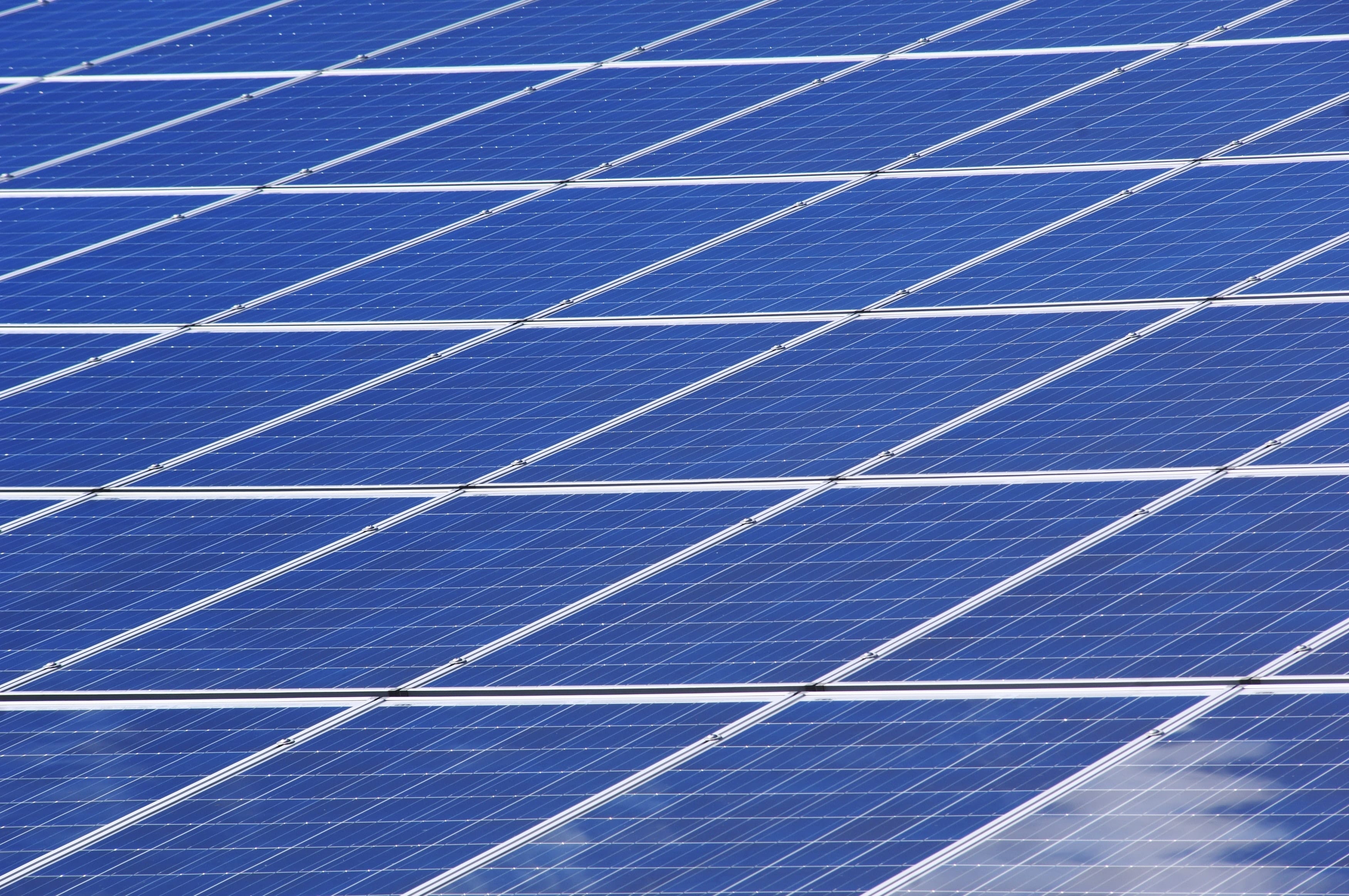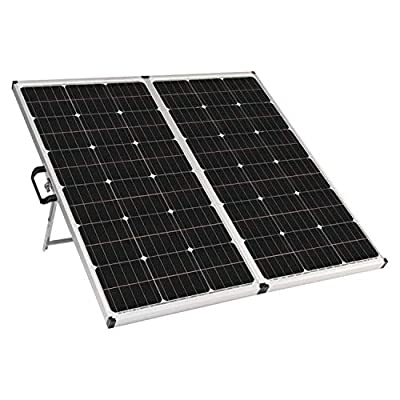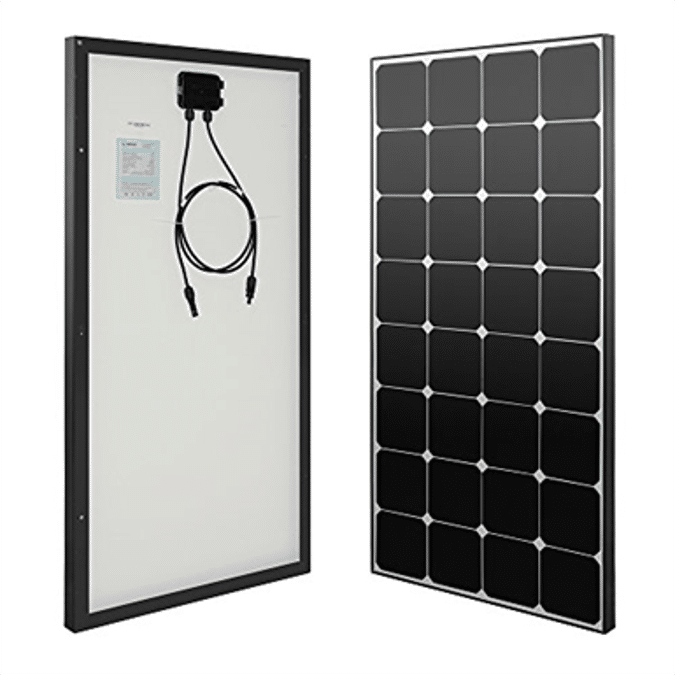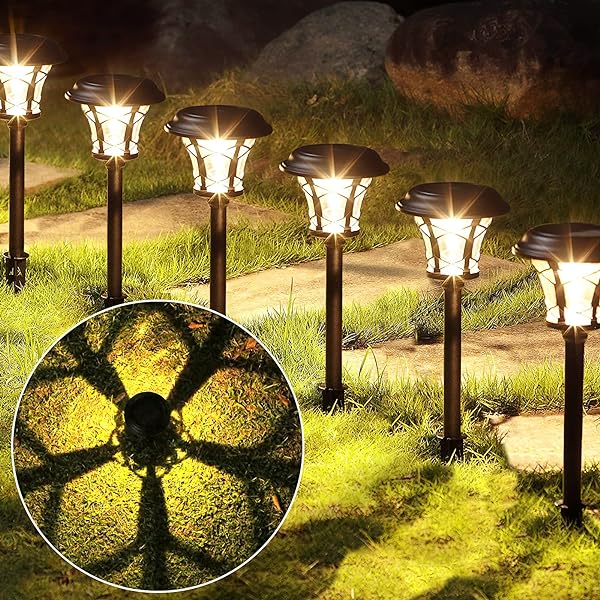It seems that every time a new solar cell type is introduced, the manufacturers claim that their new panel will be more efficient than previous models. In fact, the only constant with solar Cell technology is change.
As the cost of manufacturing each cell has fallen and the efficiency of new materials has increased, manufacturers have been able to produce higher-performing panels.
A result of this continuous innovation has been the emergence of Blue Solar cells. What are Blue Solar cells? And why are manufacturers now producing them at a premium price?
What is a Blue Solar cell?
A Blue Solar cell is a type of silicon solar cell with a blue layer on the front of the cell. This layer functions as the absorbent for the blue light. Blue light is much less intense than red or yellow light, so the blue layer in this cell absorbs very little light.
The rest of the cell, which has a very high efficiency, is used to produce electricity. Blue Solar cells are a type of Blue LED solar cell. Companies have been experimenting with blue layers on solar cells since the early 2000’s.
The first blue solar cells were produced in 2013. The blue layer was initially added to increase the amount of light the cell absorbed and therefore increase the amount of power produced.
Why Are Manufacturers Producing Blue Solar Cells?
Blue Solar cells are a result of years of research and development by manufacturers. Companies are now producing blue layers on both crystalline and amorphous silicon solar cells to achieve an even greater blueness. This is an example of technology convergence.
The manufacturers of crystalline silicon solar cells have been using blue layers for years and now they are using blue layers on the amorphous silicon cells as well. Blue Solar cells are now being produced in high-volume sheet and roll-to-roll manufacturing lines.
The rise of blue solar cells is due to the continued decline in cost of blue-emitting, low-efficiency cells and blue light-absorbing layers. Most of the blue-emitting cells on the market today also have very low light absorption and therefore generate small amounts of electricity.
How do Blue Solar Cells Work?
Like other solar cells, blue solar cells are made of two layers. The front layer is the blue-emitting layer, while the back layer is the light-absorbing layer. In a blue solar cell, the blue-emitting layer produces blue light that is absorbed by the light-absorbing layer.
The rest of the cell is used to produce electricity. The blue-emitting layer is similar to other solar cells, but it is designed to absorb light at a shorter wavelength than the other layers. The blue light is therefore not absorbed by the rest of the cell, which causes a reduction in power production.
The blue layer is made of indium-tin-oxide (ITO). ITO is a transparent conductive material that is used in liquid-crystal displays, Blu-ray Discs, and other modern technologies. The wavelength of the blue light emitted by the blue-emitting layer is 470-480nm.
A Note on Solar Cell Efficiency
Solar cell efficiency is the amount of power a solar cell can produce compared to the amount of energy it receives. Simply put, it’s the amount of energy you get back out of what you put in. Solar panel efficiency is measured as a percentage.
The higher the percentage, the better, since it means the solar panel produces more energy than what you put into it. The current record efficiency for a solar cell is 24.79%, held by the SunPower Suntrek 2.6 Solar Module. Most solar cells produce around 15% efficiency today.
The highest reported efficiency was in 2012 when Japanese researchers created a solar cell with an efficiency of around 18%. The highest efficiency reported for a blue solar cell is around 16%, which is still low compared to white or black solar cells.
What makes a Good Solar Cell?
Solar cell efficiency is the key factor in determining the performance of a solar cell. However, manufacturers are also very interested in aesthetics. It is not uncommon for a manufacturer to include a golden or copper layer in the cell to produce a desirable blue color.
The lower the light absorption of a cell, the more blue is produced. The best blue solar cells have an absorption close to zero, meaning there is no blue produced at all. The material used in a solar cell is also important.
The most common types of solar cells are amorphous silicon and crystalline silicon. Amorphous silicon has a lower efficiency than crystalline silicon, but it is cheaper and easier to produce. A material with a high crystallinity has a greater tendency to split and therefore has a higher efficiency.
How do You measure solar cell efficiency?
The efficiency of a solar cell is determined by the amount of power generated compared to the amount of energy received. There is no standard way to measure efficiency, and efficiency can vary greatly by lab and type of cell.
Solar cell manufacturers typically test their cells using a test rig that produces a constant amount of power. The efficiency of the cell is then determined by the amount of power produced.
The standard test rig used by manufacturers requires a solar cell to produce a constant power output of 690W. This is what most manufacturers use today. However, there is great debate over how to measure efficiency in the industry.
Conclusion
The introduction of Blue Solar cells has been a long time coming, and there is great hope that they will increase the adoption of solar power. The new blue solar cells may be a way to help the industry transition to a more affordable and widely available technology.
There are pros and cons to the new blue solar cells. On one hand, they are more efficient than white solar cells, which makes them an attractive option for homeowners looking for more affordable solar power.
However, blue solar cells are more expensive than other types of solar cells and have a lower adoption rate than black solar cells.





